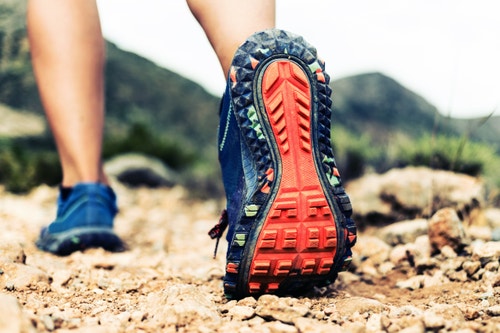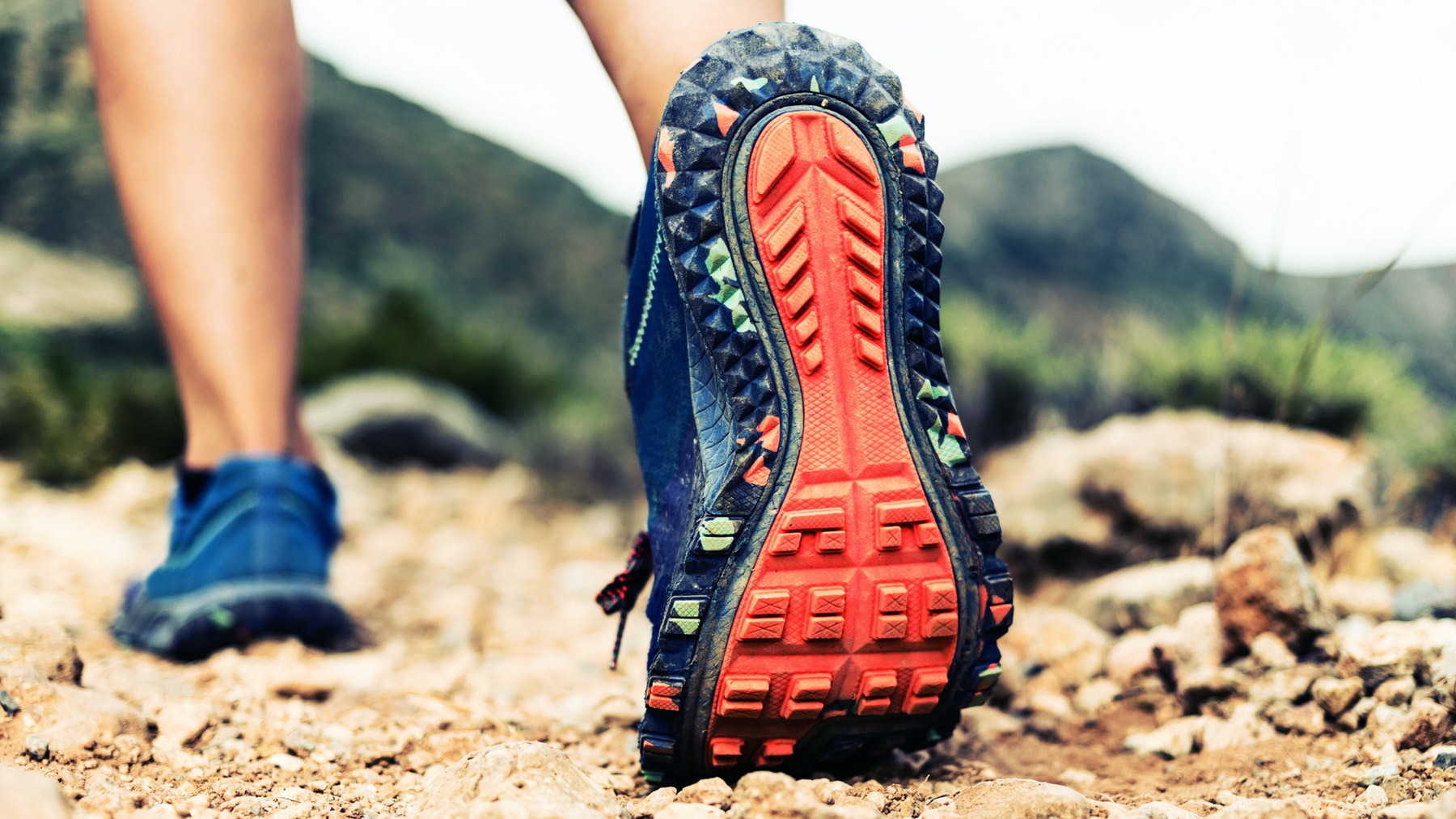Sliding Down a Slope
Build a Tilting Platform to experimentally determine the coefficient of friction for different objects.

Lesson plan
1. Prepare
- Read through the pupil material in the EV3 Classroom App.
- Collect information about types of friction in general and static friction in particular.
- For each team, prepare several test objects with varying static friction, such as a LEGO® Technic beam, a rubber and a small piece of paper.
2. Engage (5 Min.)
- Use the ideas in the ‘Ignite a Discussion’ section below to engage your pupils in a discussion relating to this lesson.
- Divide your class into teams of two pupils.
3. Explore (20 Min.)
- Have each team build the Tilting Platform.
- Allow them time to do a test run to ensure that the model is built correctly and works as expected.
4. Explain (10 Min.)
- Have each team perform the experiment at least three times for each object, and record their results.
- Make sure that they can create their own testing tables.
5. Elaborate (10 Min.)
- Have your pupils organise the objects that they’ve tested according to their structural properties.
- Ask each team to briefly summarise the results of their experiments.
- Don’t forget to leave some time for tidying up.
6. Evaluate
- Give feedback on each pupil’s performance.
- To simplify the process, you can use the assessment rubrics that have been provided.
Ignite a Discussion
Friction is an everyday phenomenon. If you rub your hands together vigorously, you can feel the resulting heat. Friction forces can be deliberately harnessed, for example in the design of shoe soles to prevent falls on slippery surfaces. The idea behind ice skates is to keep friction as low as possible so that they will glide over the ice. The striking surface on a matchbox is designed to heat a match to the point of ignition when it’s rubbed against it.

Start a discussion about friction by asking relevant questions, like:
- What does the term friction refer to?
- Are you familiar with any technical devices that harness the properties of friction?
- In which situations is friction desirable? When is it not desirable?
- How can friction be reduced?
Building Tips
Building Instructions
Using the Gyro Sensor
The Gyro Sensor must be completely motionless while it’s being plugged into the EV3 Brick and during the start-up of the EV3 Brick. If the Gyro Sensor’s angle readings change while the ramp is still, unplug the sensor and plug it back in.
Using the Model
Place the model on a solid and level surface. If the surface isn’t level, the angles and associated coefficient of friction will be incorrect. Run the program and wait until the Touch Sensor is shown on the Display. This resets the ramp to its initial position so that the program can determine the correct angles and coefficients of friction. Place the object to be studied in the centre of the ramp, at the end. Press the Touch Sensor on Port 1 to start the test run. The ramp will slowly rise. Press the Touch Sensor again as soon as the object has started to slide. This will stop the test run. The angle and the associated coefficient of friction will be shown on the Display.
Running the Experiment
As they’re running their experiments, remind your pupils of the following:
- The angle of the ramp as well as the coefficient of friction will be shown on the Display.
- Record the experiment number, angle and coefficient of friction in a testing table. Make sure to leave enough space for recording other observations.
- Perform the experiment at least three times with each test object. Use the average values to ensure the most reliable results.
Coding Tips
Program

Differentiation
Simplify this lesson by:
- Helping your pupils to organise the test objects according to their structural properties
Take this lesson to the next level by:
- Exploring force component diagrams, normal forces and how trigonometric functions are used when analysing phenomena on inclined planes
- Challenging your pupils to come up with ways of improving the accuracy of their experiments
Assessment Opportunities
Teacher Observation Checklist
Establish a scale that suits your needs, for example:
- Partially accomplished
- Fully accomplished
- Overachieved
Use the following success criteria to evaluate your pupils’ progress:
- The pupils have used the structural properties of the test objects to help organise their observations.
- The pupils have identified how structural properties (e.g. shape, composition, surface characteristics) did or did not affect the function of their experimental model.
- The pupils have evaluated the equipment and procedures used in their experiments and identified their strengths and weaknesses.
Self-Assessment
Have each pupil choose the level that they feel best represents their performance.
- Bronze: I’ve performed the experiments but haven’t used the structural properties of the test objects to help organise my observations.
- Silver: With some help, I’ve used the structural properties of the test objects to help organise my observations.
- Gold: I’ve used three or more structural properties of the test objects to help organise my observations.
- Platinum: I’ve used three or more structural properties of the test objects to help organise my observations. I’ve also proposed a hypothesis about the objects I’ve tested to explain my observations.

Language Arts Extension
To incorporate the development of language arts skills, have your pupils:
- Create a brief report focusing on the results of their experiments and how they can be used in real-world applications
- Create a presentation explaining the results of their experiments and what they’ve learned
Note: This will require additional time.
Career Links
The pupils who enjoyed this lesson might be interested in exploring these career pathways:
- Manufacturing and Engineering (Machine Technology)
- Science, Technology, Engineering & Mathematics (Science and Maths)
Teacher Support
The pupils will:
- Learn that friction arises between different objects
- Organise objects according to their structural properties
LEGO® MINDSTORMS® Education EV3 Core Set
EV3 Classroom App
Several test objects with varying static friction
Science Programmes of Study: Key Stage 3 National Curriculum in England
Scientific Attitudes:
- Pay attention to objectivity and concern for accuracy, precision, repeatability and reproducibility
Experimental Skills and Investigations:
- Ask questions and develop a line of enquiry based on observations of the real world, alongside prior knowledge and experience
- Make predictions using scientific knowledge and understanding
- Make and record observations and measurements using a range of methods for different investigations; and evaluate the reliability of methods and suggest possible improvements
Analysis and Evaluation:
- Present observations and data using appropriate methods, including tables and graphs
- Interpret observations and data, including identifying patterns and using observations, measurements and data to draw conclusions
Forces and Motion:
- Forces being needed to cause objects to stop or start moving, or to change their speed or direction of motion (qualitative only)
- Change depending on direction of force and its size
Computing at School Progression Pathways
Programming & Development:
- Creates programs that implement algorithms to achieve given goals. (AL)
- Understands the difference between, and appropriately uses if and if, then and else statements. (AL)
- Uses a variable and relational operators within a loop to govern termination. (AL) (GE)
- Understands that programming bridges the gap between algorithmic solutions and computers. (AB)
Information Technology:
- Makes appropriate improvements to solutions based on feedback received, and can comment on the success of the solution. (EV)
- Uses criteria to evaluate the quality of solutions, can identify improvements making some refinements to the solution, and future solutions. (EV)
- Designs criteria to critically evaluate the quality of solutions, uses the criteria to identify improvements and can make appropriate refinements to the solution. (EV)




